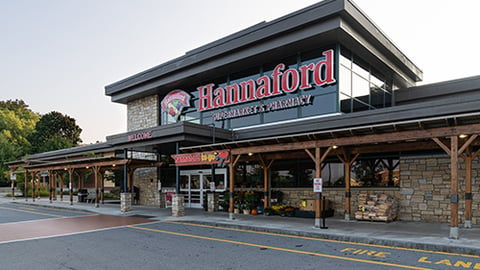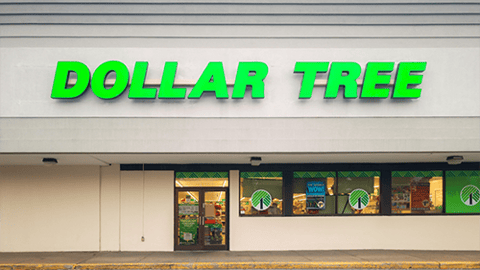How to Reap Renewable Energy’s Benefits With Minimal Risk
Largely due to growing incentives from the 2022 Inflation Reduction Act, solar power is rapidly gaining popularity and accessibility across America, with more and more commercial entities leveraging the benefits of clean energy. It’s projected by the Solar Energy Industries Association that by year’s end, a record 32 gigawatts (GW) of new capacity will come from solar — a 52% increase from 2022. Community solar in particular is expected to grow around 11% annually over the next five years, contributing more than 6 GW to the energy grid.
By leveraging community solar, grocers, like other retail and residential customers, can benefit from solar energy without navigating the complexities of on-site installations and expand their community impact.
[Read more: "10 Most Sustainable Grocers"]
It’s a turnkey solution, and it can be the right option for grocers looking to make progress toward corporate sustainability goals while simultaneously providing clean-energy accessibility for the communities in which they operate.
The Basics of Community Solar
As the name suggests, community solar is when you subscribe to a shared project and receive credits for the energy produced that can lower your electricity bill. Typically, retail establishments act as an “anchor tenant” in a community solar project and can sign up to offtake as much as 40% of what it generates — in some cases, even more. Although your store won’t directly receive this power, you’ll realize savings of 5% to 15% on your electricity costs, according to Kiplinger, because of the project’s contributions to the grid.
An added benefit of a community solar project is that you don’t need to own and maintain it — or even have it installed nearby. It’s an easy way for your grocery store to reap renewable energy’s benefits with minimal investment and risk.
In addition to benefiting from clean, renewable energy, you’ll also be paving the way for community-wide access. Committing as an anchor tenant pre-development ensures a level of financial stability, enabling projects to be developed in communities that might otherwise miss out on solar benefits. Schools, nonprofits, small businesses, and low- and moderate-income residents can access the project’s remaining solar capacity at affordable rates. You’ll also help create jobs and lower other businesses’ energy costs, spurring positive growth within the local economy.
By going the community solar route, a grocer can take steps toward its financial and sustainability goals while reinforcing its standing as a pillar of the community.
Making the Right Choice for You
One of the biggest questions you may face when considering solar power is whether to pursue an on-site or a community solar project.
While an on-site project may provide substantial savings, it demands considerable time and resources — if you can even install one. You may not have adequate space on the roof or in the parking lot, or you may not receive permission to build in either place if you’re not the property owner.
This is where community solar comes in. Subscription to a community solar project provides access to solar energy without on-site installations, meaning you don’t need to worry about your roof’s structural capacity and who owns your building. Given that these projects feed into the local grid, participating stores are eligible as long as they’re within the utility service area of the community solar project. If you operate grocery stores in several locations, some may have access to these projects, while others don’t. Regardless, participating stores can still effectively reduce company-wide energy costs and let you recoup the financial, sustainability and community benefits you desire.
[Read more: "Krasdale Celebrates Grand Opening of Largest Solar Project in the Bronx"]
In the event that grocers have the space to build on-site, they also have the option to host a community solar project. Hosting one can be beneficial because it opens up an additional revenue stream for the store by enabling it to lease its space to the developer to build and operate on, while still providing solar to the community.
Before you take the plunge, it’s crucial to understand local solar regulations and determine the best solution for your needs. When looking to take part as an anchor tenant, picking the right partner is essential. The right developer will provide clear explanations of program mechanics and guide you through questions about startup, subscriptions, how billing credits work, ensuring contract terms align with your company’s energy goals, and other pertinent topics. It will simplify the process, enabling you to determine whether community solar is indeed the correct path forward.
A Cleaner, Greener Future
Grocers have a prime opportunity to simultaneously cut emissions and provide a forward-thinking example for their neighbors by opting into community solar projects. Although projects may not power the entire store, the meaningful progress toward sustainability targets, as well as the good-will that comes from enabling broader access to renewable energy, makes this a winning strategy and a great initial step on a grocer’s clean-energy journey.






